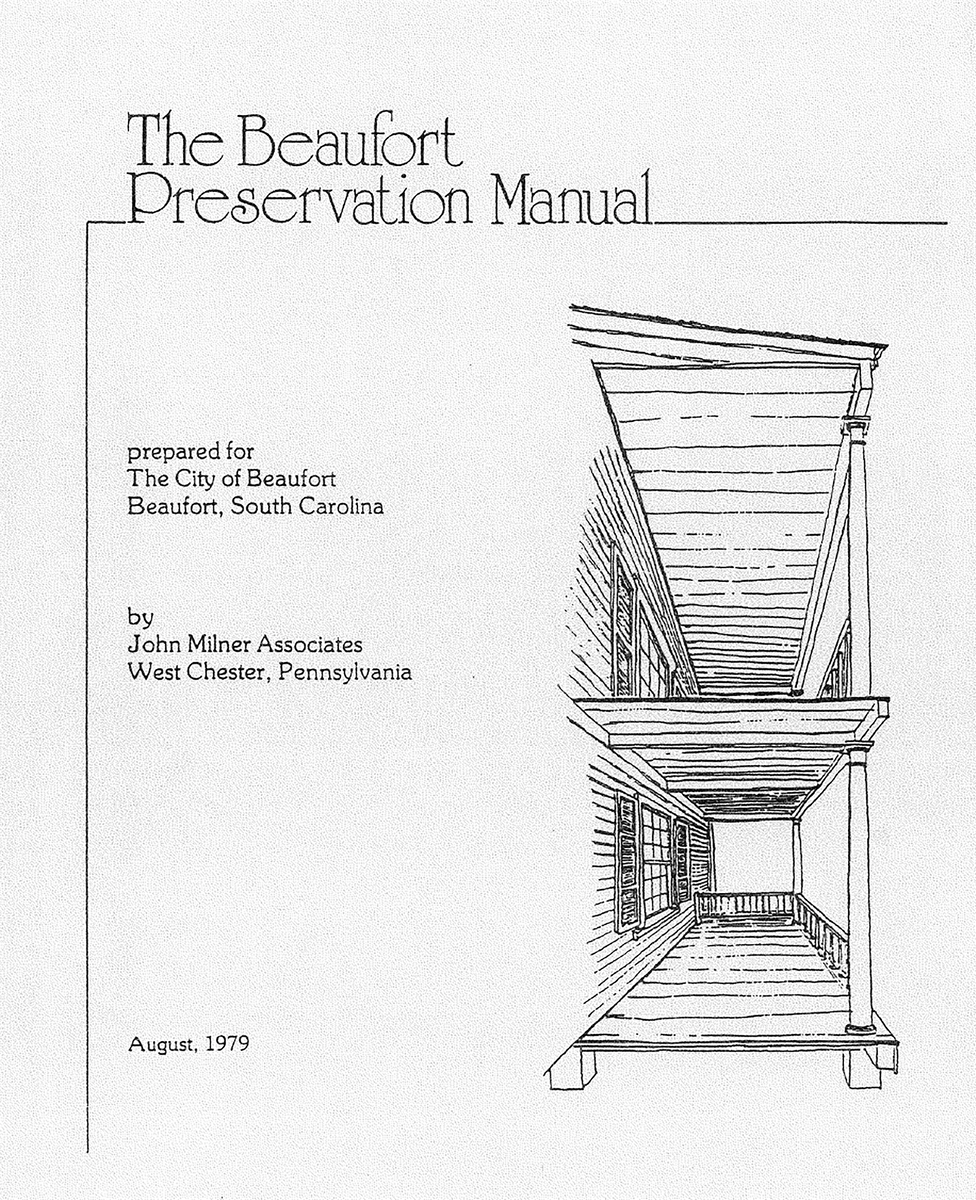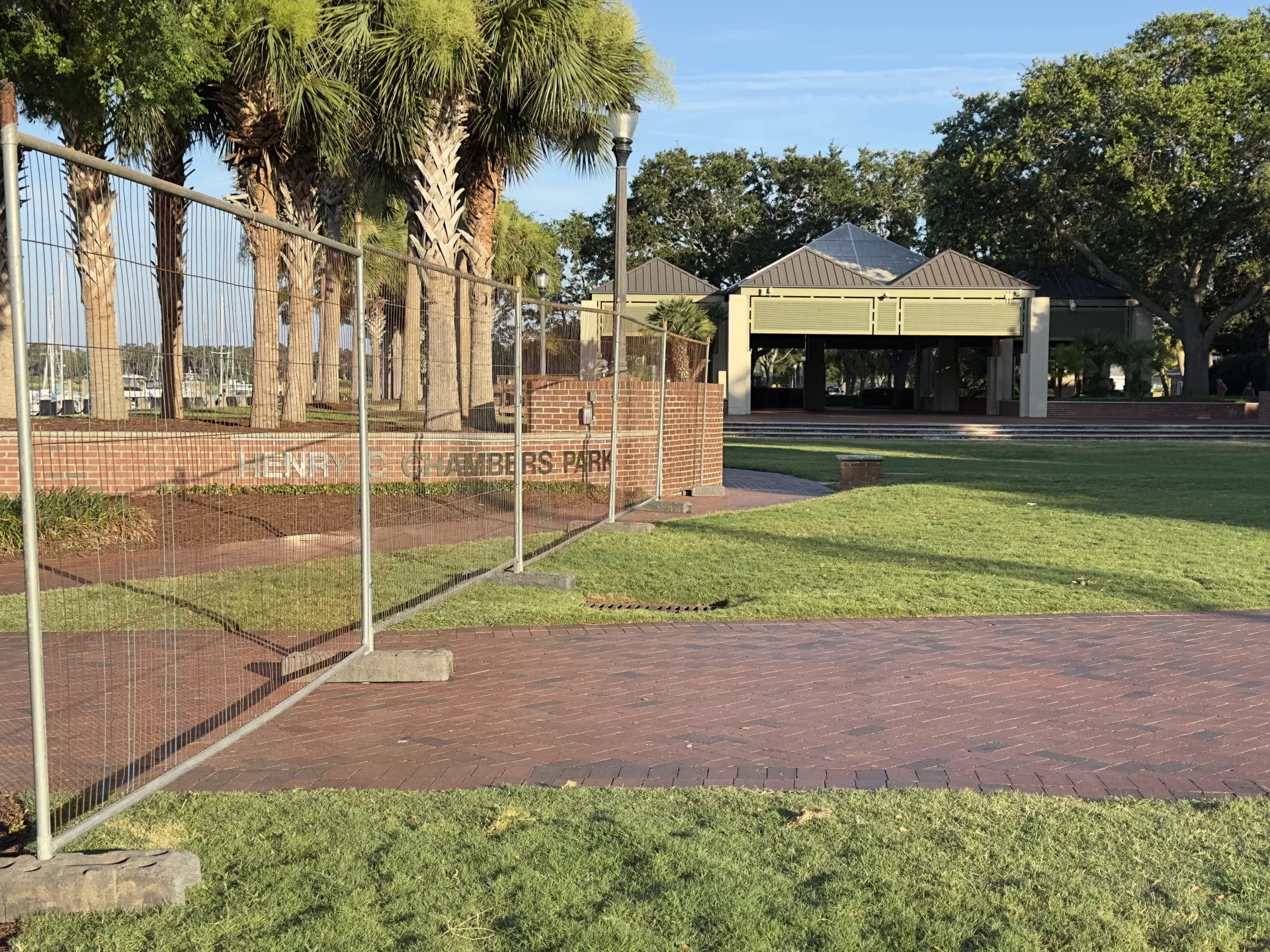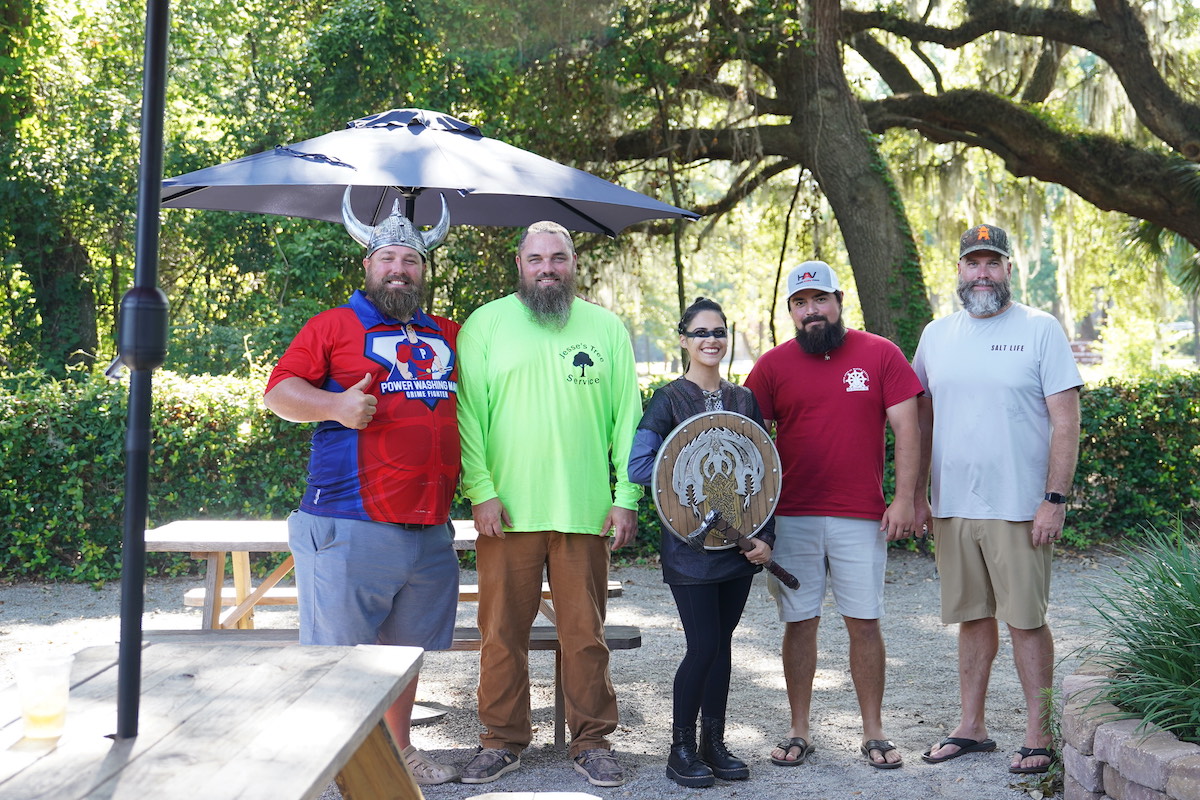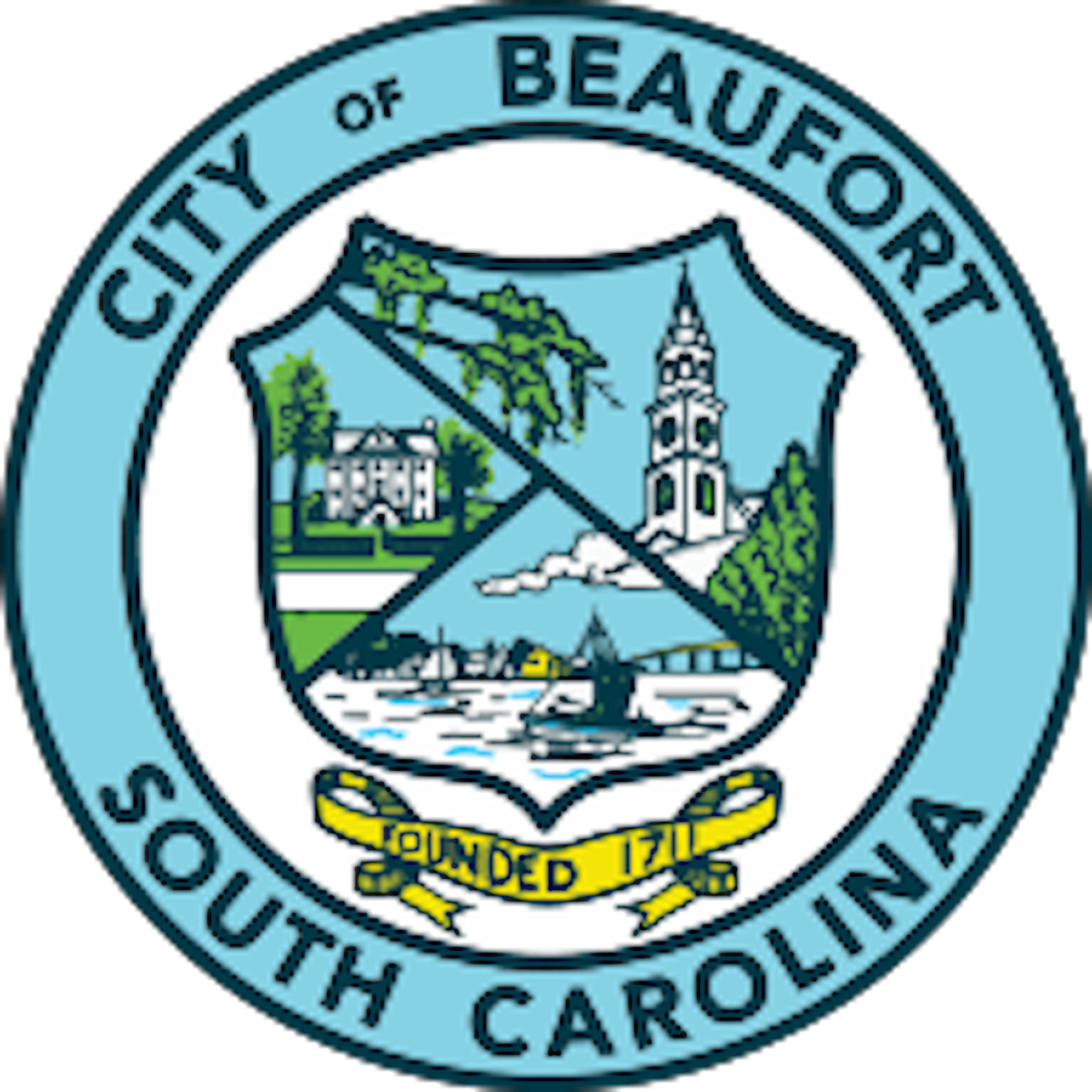City launches first effort in years to modernize historic preservation guidelines
By Mindy Lucas
For many years, the Beaufort Preservation Manual, often referred to as the Milner Manual, was considered the Bible of historic preservation in Beaufort.
Part homeowners guide, part historical record documenting a city rich in architectural styles and features, the guide was, and still is, used by city staff and Historic Review Board members to evaluate projects in the historic district.
But the manual, or rather its use, has been criticized in recent years by those who say it wasn’t meant to be the final word on preservation or development in the city.
“It’s common knowledge that the Milner guidelines were never meant to be a Bible of how you can and can’t do it,” said Mike Sutton, who has long been involved with renovation and historic preservation in Beaufort both as the former vice chair for the Historic Review Board and Beaufort Redevelopment Commission and as the owner of a construction business.
“It was meant to give guidance and best policy for how to do things,” he added.
Written in 1979 with a supplement added in 1990, the guide was first contracted to provide guidance to its review board, after Beaufort earned National Historic Landmark District status.
But over the years the guide has had the unintended effect of pitting developers and home builders against preservation-minded board members or activists in the community.
That’s why many like Sutton, think it’s time to re-visit the manual.
City leaders agree.
After requesting and receiving proposals last fall, the city effectively awarded Pennsylvania-based John Milner Architects, Inc., the original authors of the guide, the contract to revise the manual in December.
The firm is nationally recognized and has extensive experience in historic landmark planning, zoning and architecture, the city’s selection committee reported. Milner’s familiarity with the original manual was also a factor in awarding the firm the contract, they noted.
The city plans to pay the firm $29,430, with half of the money coming from a federal preservation grant.
In addition to reviewing and updating the manual, the firm will present plans for the new guide at public meetings with the city at the beginning and end of the process, said David Prichard, Director of the Department of Community & Economic Development for Beaufort.
The end goal is to add the manual to the city’s website by the end of September and make it searchable and easier to use as well, he said.
In addition, the firm will look for inconsistencies with the guidelines the city currently uses, including a separate guide called Northwest Quadrant Design Principles created specifically for that neighborhood and the city’s other planning documents such as the Beaufort Code and Civic Master Plan.
Inconsistencies and areas open to more subjectivity have caused a lot of heartburn with those trying to gain approval for development plans, Sutton said.
“It’s kind of a hot mess because we have four different guides that guide the process of what you might do,” he said.
In addition, the guidelines do not take into account new materials or new technological advances in home building, he said.
“The materials we are able to buy today are not the same as they were 50 years ago,” he said.
Examples of things builders can’t buy any more include quality lumber, he said. In addition, choices for metals used in roofing have changed and continue to evolve.
“When those materials rot off that building, you have to be able to fix them,” he said. “And if you can’t get those same materials you have to have some guidance as to what you can do.”
Factor in modern building codes, which have nothing to do with historic preservation, not to mention the availability of craftsmen or laborers skilled in the techniques once used to build historic homes, and the problems begin to rise exponentially, he said.
“Milner was written when we didn’t even have an understanding of the building codes at the time,” he said, adding that the city adopted international building codes after the manual was written.
“We need to marry all this together somehow (with) the reality of what we can do with what we should do,” he said.
While developers and industry professionals like Sutton have cited a lack of flexibility when it comes to realistic building practices, preservationists want to see Beaufort’s character and historic buildings left in tact.
But even those involved with historic preservation in the city seem to agree the manuals need to be re-visited.
“We want to make sure that we maintain the character and integrity of the historic district, but we also know of the realities of today, which is why we are looking at new materials,” said Cynthia Jenkins, Executive Director for Historic Beaufort Foundation.
Jenkins was part of a task force formed at the end of 2019 after a heated debate broke out in the community between those who thought the foundation’s longstanding seat on the Historic District Review Board should be removed and those who feared the removal would lead to the eroding of the city’s historic significance.
Comprised of city council members and HBF representatives, the task force took up the issue of the seat along with other issues such as improving standards that would simplify the applicant process for those with projects before the city.
Revisiting the preservation manual, often referenced in planning and review board meetings, was among the recommendations the group made in its report to city council.
Jenkins sees revising the manuals as a way to provide clearer guidelines and consolidate what’s currently there – something that will hopefully help mitigate some of the past issues the various stakeholders have had with the city’s approval process.
“It’s mainly to make sure all the supplemental plans over the last 50 years are coordinating and consolidated to the extent that they are easy to use,” she said.
Even the foundation, which manages the Verdier House, has had to undergo the city’s review process for recent renovations and repair work, a process that wasn’t always easy to figure out, she said.
While it’s important to take another look at all the guidelines the city is using, she cautions it’s also important not to forget the positive economic impact the historic district and historic preservation has had on Beaufort, she said.
Still, she is excited that the architectural firm is being asked to analyze where there are conflicts between design guidelines and the city’s code and civic master plan and make recommendations for how to resolve those.
“The city understands there are conflicts, and that those need to be resolved.”
Above: Using color analysis, the Historic Beaufort Foundation (HBF) selected a creamy white for the exterior of the Verdier House, pictured here in an image showing what the color will look. The color is based on the original color scheme for the house circa 1804. Painting is expected to begin in the next couple of weeks. Like home owners and project planners, the HBF also had to go before the city’s review board for approval of paint colors and materials it is planning to use in repair work. Photo courtesy of Historic Beaufort Foundation.








